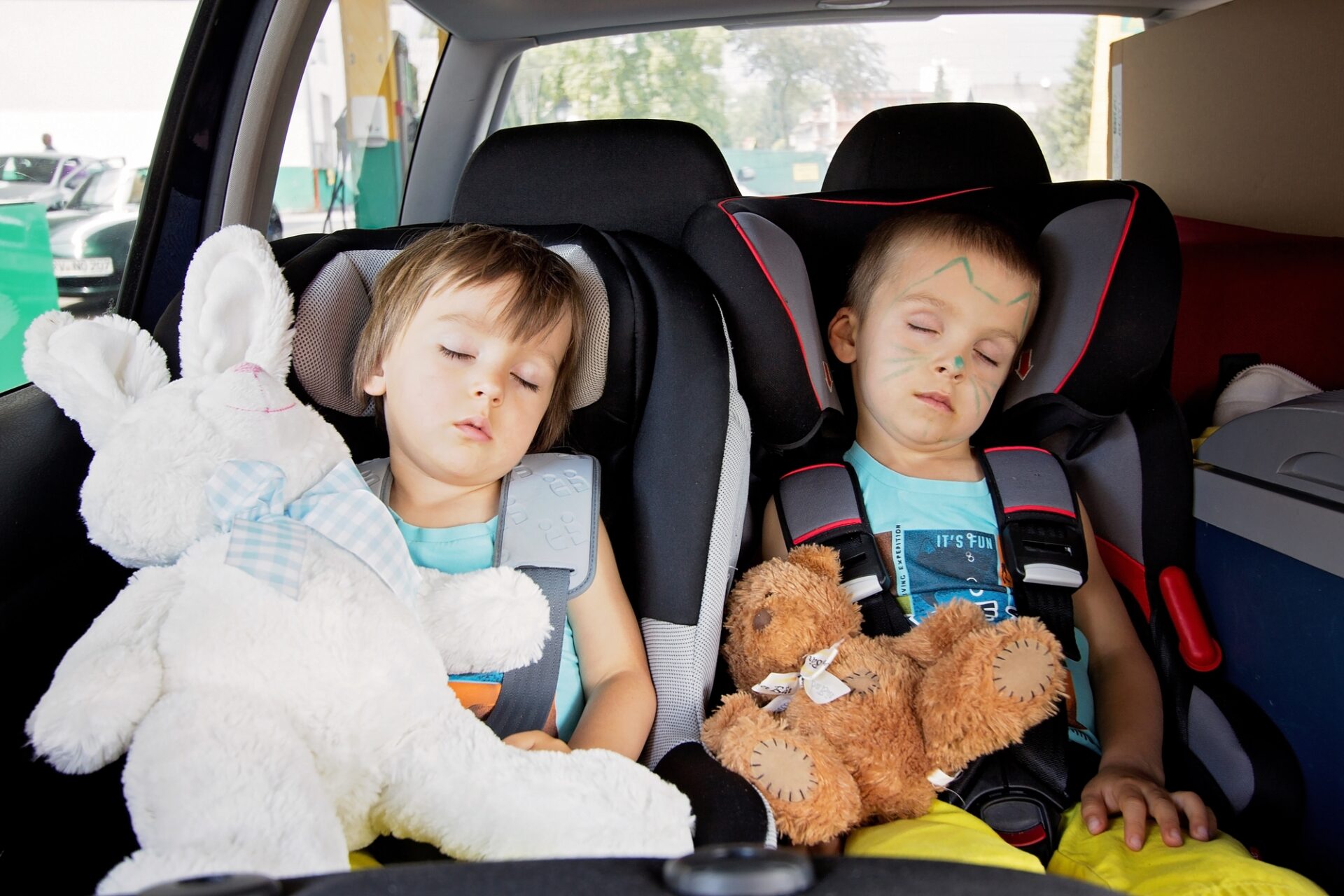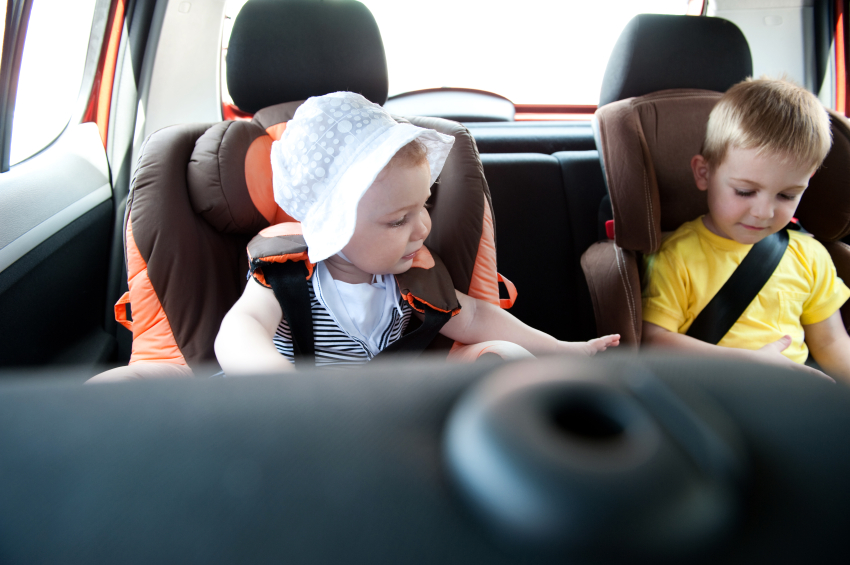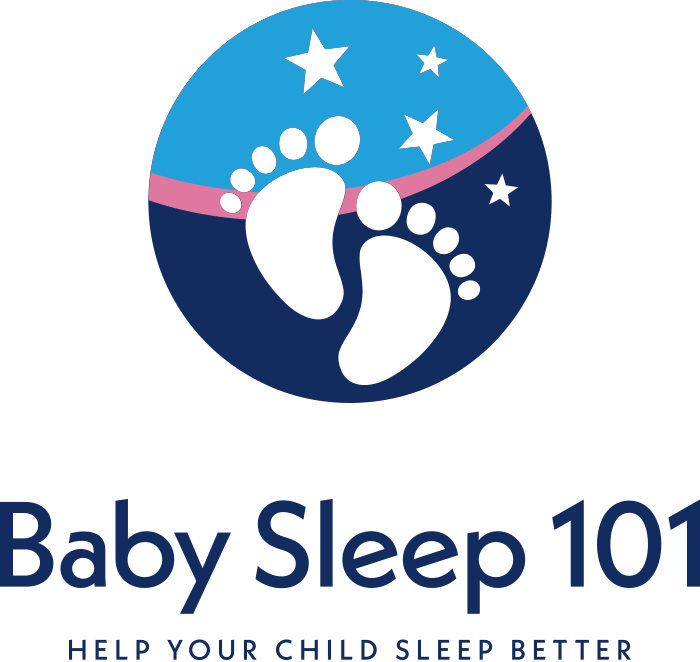5 Ways To Help Your Child Sleep Well On Summer Vacation
Summer’s almost here! Have you made any travel plans—maybe a trip to the beach or the lake? If you’ve been thinking of traveling this summer, you’ve probably also started to wonder how you’re supposed to accommodate your child’s sleep schedule along the way.
It can be challenging! But with a little planning that begins even before you leave for your trip, you can make life much easier for your little one—and for your whole family.
Here are 5 tips to keep your child’s sleep routines as seamless as possible, even during summer vacation.
#1. Arrange Nap time Around The Car Rides
Any child’s ideal sleep environment will be flat and motionless—in other words, the opposite of naps in the car.
But while sleeping on the road is not as restorative, it’s preferable to missing out on a nap completely. If your child falls asleep in the car easily, feel free to take advantage of it and drive while they sleep.
For many children though, it takes a while to unwind enough to go to sleep in the car. Try leaving at least 20-30 minutes before their nap would normally begin. Some children become too stimulated to fall asleep in the car at all. If that describes your child, try your best to arrive at your destination by nap time. If this isn’t possible, the next best option is to simply plan for an earlier bedtime that evening.
#2. Help Your Child Get Accustomed To New Sleeping Arrangements
Will your child be sleeping, for example, in their Pack ‘n Play during your summer trip? You might find it helpful to give your child the opportunity to practice by sleeping in the Pack ‘n Play at home, beginning a couple of days before you leave.
Once you’ve arrived at your summer vacation spot, try to recreate your child’s home sleep environment as best you can. Does your child normally use something to create white noise? Is he used to sleeping with a certain toy? Bring those items along! You might even want to bring the same sheets and room darkening shades to create a comfortable home-away-from-home for your child.
By bringing along items your child associates with a good night’s sleep, you’ll help his or her brain release natural sleep hormones into the bloodstream. You also won’t have to work as hard at helping your child fall asleep.
You’ll also want to have a soothing and calming wind-down routine in place before you travel—preferably one that’s easy to recreate when you’re on vacation.
Regardless of where you are, these familiar routines will help your child relax and drift off peacefully.
#3. Maintain Your Child’s Regular Schedule (As Much As Possible).
It’s no secret that kids thrive on routine. It’s comforting, and can help them handle the sensory overload that often comes along with traveling to a new environment.
As much as possible, start the day at the same time, keep meals and naps the same each day, and don’t let your little one stay up too late.
#4. Be sensitive to your child becoming overtired.
When your child is overtired, you’ll find they’re often even more resistant to sleeping somewhere new, going along with new routines, and interacting with new people. If you do your best to ensure your child is caught up on sleep before heading out on the road, you can avoid a lot of frustration. The best way to do this? Keep a regular nap schedule and an age-appropriate bedtime for at least 1-2 weeks before you leave for your trip.
Even though it might be convenient for your travel schedule, don’t force your child to skip naps. It’s very hard on a child’s body, and you’ll likely see the negative effects that night as they wake up more often. The stress can also show up during the daytime hours with temper tantrums and crankiness. It’s definitely not what you had in mind while trying to enjoy your summer vacation.
#5. Keep your child’s temperament in mind
Typically, babies and toddlers have sensitive temperaments. They can sense all the excitement (and sometimes stress) that a summer vacation can bring. It’s common to become easily overwhelmed with too many activities, so build in some “down time,” whether you’re visiting a relative’s house or spending time at the lake or beach. This extra bit of planning can lead to longer, deeper, and more restorative sleep.
Did you know most children have a sleep temperament? It also plays a part in how they’ll adjust to a new sleep routine.
Over the years I’ve found two categories of sleep temperaments in children: sensitive and flexible.
- The Sensitive Sleepers: Babies and children who are highly affected by even small changes in their routines. They’ll require recovery time to get back on track. As much as possible, their routines need to stay rigid.
- The Flexible Sleepers: These little ones are able to adjust and adapt to a disrupted sleep environment more easily. A shorter nap or a later bedtime doesn’t throw their system off, and they won’t need a lot of recovery time.
Don’t be afraid to give it a try!
It absolutely takes planning and plenty of patience to head out on a summer vacation with an infant or toddler. But you can do this!
It’s never too early to start making family memories with your little one. Enjoy your summer!
Need more sleep tips? Download the Baby Sleep 101 Free Sleep Guide.
Have a question about your child’s sleep? Join the Baby Sleep 101 on Facebook for weekly live Q & A sessions.
This article originally appeared in Canadian Family.







